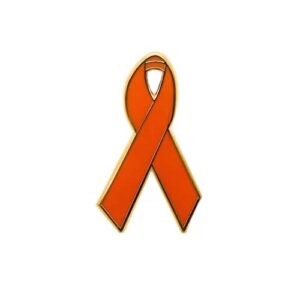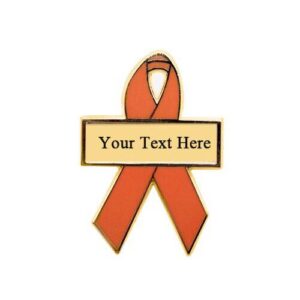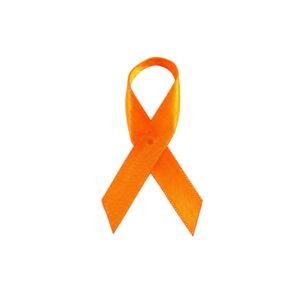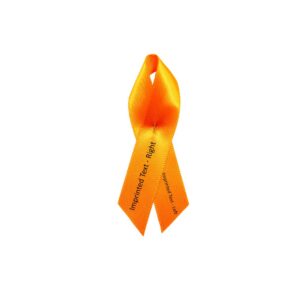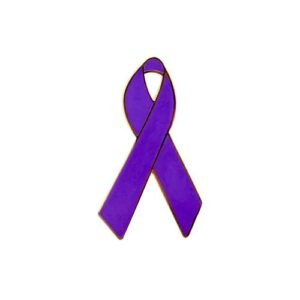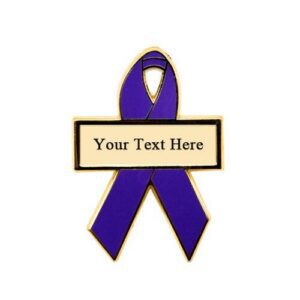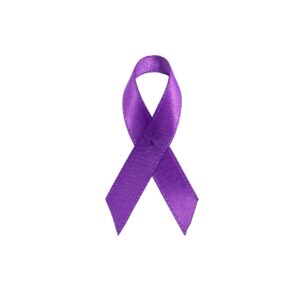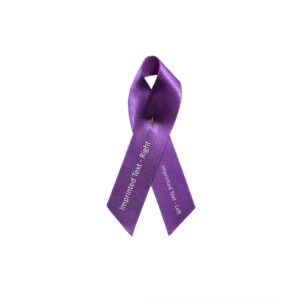
Sudden Unexpected Death in Epilepsy (SUDEP) Action Day
For some people living with epilepsy, the risk of Sudden Unexpected Death in Epilepsy (SUDEP) is an important concern. SUDEP refers to deaths in people with epilepsy that are not caused by injury, drowning, or other known causes. Studies suggest that each year there are about 1.16 cases of SUDEP for every 1,000 people with epilepsy, although estimates vary. SUDEP takes place on October 18 each year. Wear an orange or purple pin, fabric ribbon or orange or purple wristband for Sudden Unexpected Death in Epilepsy (SUDEP) Action Day.
What Is Sudden Unexpected Death in Epilepsy (SUDEP) Action Day?
SUDEP is the sudden, unexpected death of someone with epilepsy, who was otherwise healthy. For example, in SUDEP cases, no other cause of death is found when an autopsy is done. Each year, more than 1 in 1,000 people with epilepsy die from SUDEP. This is the leading cause of death in people with uncontrolled seizures.
The person with epilepsy is often found dead in bed and doesn’t appear to have had a convulsive seizure. However, over one-third of the time, there is a witnessed seizure or signs of a recent seizure close to the time of death. They are often found lying face down. However, no one is sure about the cause of death in SUDEP and it may differ between cases. Some researchers think that a seizure causes an irregular heart rhythm. Other research has shown that breathing difficulties following a seizure lead to death.
Possible Causes of SUDEP
Current research into the possible causes of SUDEP focuses on problems with breathing, heart rhythm, and brain function that occur with a seizure:
- Breathing: A seizure typically may cause a person to briefly stop breathing (apnea). If the breathing pauses last too long, they can reduce the amount of oxygen that gets to the heart and the brain. A lack of oxygen can be life threatening if not treated immediately. Also, a person’s airway may sometimes get blocked blocked during a convulsive seizure, leading to suffocation (inability to breathe).
- Heart Rhythm: Rarely, a seizure may cause a dangerous heart rhythm or cardiac arrest.
- Brain Function: Seizures may suppress or interfere with the function of vital areas in the brainstem. These areas are responsible for breathing and heart rate as well as other important body functions. As a result, changes in brain function could cause dangerous breathing and heart rate changes.
- Others: SUDEP may result from more than one cause, or from a combination of breathing difficulty, abnormal heart rhythm, and changes in brain function. Or, it may result from factors researchers have yet to discover.
Risk factors for SUDEP
The main risk factors for SUDEP are:
- Uncontrolled or frequent seizures.
- Generalized convulsive (also called tonic-clonic or grand mal) seizures.
Other possible risk factors may include:
- Seizures that begin at a young age.
- Many years of living with epilepsy.
- Missed doses of medicine.
- Drinking alcohol.
Steps to Reduce the Risk of SUDEP – Raise Awareness on Sudden Unexpected Death in Epilepsy (SUDEP) Action Day
- The first and most important step to reduce your risk of SUDEP is to take seizure medicine as prescribed.
- If you are taking seizure medicine and still having seizures, discuss options for adjusting the medicine with your doctor. If seizures continue, consider seeing an epilepsy specialist, if you are not already seeing one.
Other possible steps to reduce the risk of SUDEP may include:
- Avoid seizure triggers, if these are known. Read more information about seizure triggers on the Epilepsy Foundation website.
- Avoid drinking too much alcohol.
- Learn how to better control your seizures with epilepsy self-management programs.
- Get enough sleep.
- Train adults in the house in seizure first aid.


